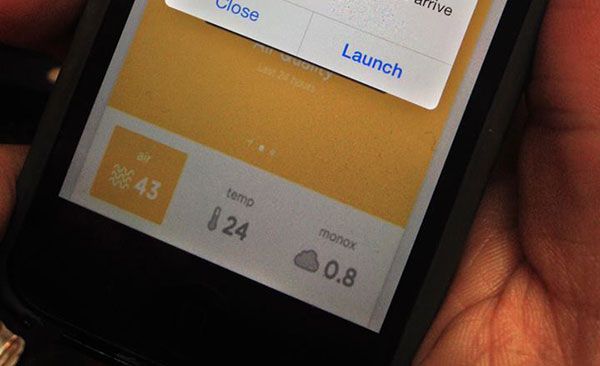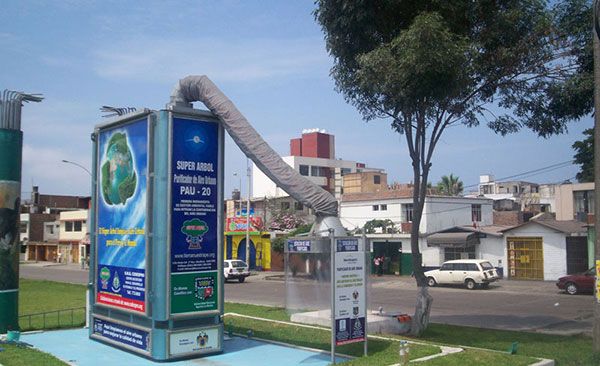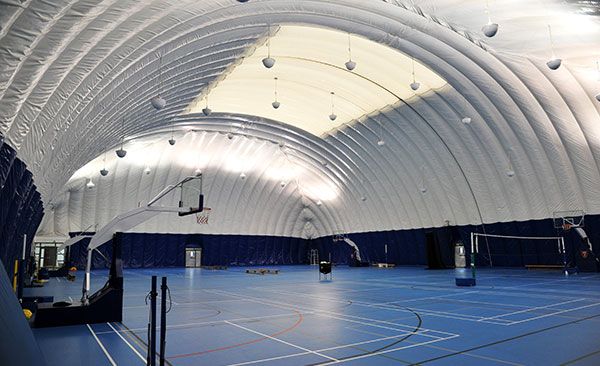China uses innovative methods to tackle air pollution
China fares an awful lot worse than us when it comes to pollution so can they teach us any valuable lessons?
 If you think the air quality is bad here in the UK at the moment then spare a thought for people living farther afield. Pollution in China is once-again on the radar, thanks to this stunning photograph shown below and snapped by a Nasa satellite that showed the true extent of smog coverage in this huge country.
If you think the air quality is bad here in the UK at the moment then spare a thought for people living farther afield. Pollution in China is once-again on the radar, thanks to this stunning photograph shown below and snapped by a Nasa satellite that showed the true extent of smog coverage in this huge country.
The photo was captured by Nasa’s Terra satellite, an Earth Observing System (EOS) that’s tasked with monitoring climate research. On the day it was captured, 7 December 2013, Beijing reported an Air Quality Index (AQI) of 487. For context: any rating over 100 is general considered unhealthy, over 200 would affect normally healthy people and a rating over 300 is considered hazardous.
 This focus on China’s smog follows hot-on-the-heels from a report by the World Health Organisation linking pollution to lung cancer. The report said that “exposure to ambient fine particles was recently estimated to have contributed 3.2 million premature deaths worldwide in 2010, due largely to cardiovascular disease, and 223,000 deaths from lung cancer.”
This focus on China’s smog follows hot-on-the-heels from a report by the World Health Organisation linking pollution to lung cancer. The report said that “exposure to ambient fine particles was recently estimated to have contributed 3.2 million premature deaths worldwide in 2010, due largely to cardiovascular disease, and 223,000 deaths from lung cancer.”
The International Agency for Research on Cancer (IARC), a part of the WHO, recently classed air pollution in the same category as tobacco smoke, UV radiation and plutonium. They are all carcinogens that cause cancer. But whereas individuals can stop smoking and avoid sunlight what can they do about pollution? And with China’s economic growth and massive investment in industry unlikely to stop any time soon, the question is can anything be done? Can innovative technology help us clean up our air?
Installing Air Purifiers
 One solution could lie in the form of advanced air purifiers. While this wouldn’t clean the air up outside, they could at least limit our exposure to the pollutants when indoors. One challenge with air purifiers is that they use power to run, which simply exacerbates the original problem. One other thing to be wary of is that some air purifiers create ozone, which according to the Californian Air Resources Board (CARB) can itself cause health problems.
One solution could lie in the form of advanced air purifiers. While this wouldn’t clean the air up outside, they could at least limit our exposure to the pollutants when indoors. One challenge with air purifiers is that they use power to run, which simply exacerbates the original problem. One other thing to be wary of is that some air purifiers create ozone, which according to the Californian Air Resources Board (CARB) can itself cause health problems.
Professor Shangguan Wenfeng, School of Mechanical Engineering at Shanghai Jiao Tong University recently announced a new type of air purifier that avoids creating pollution. Current air purifiers use absorption and filters, but Wenfeng’s device removes air impurities using physical and chemical methods. “For example, the filter needs to be replaced regularly because it will easily reach the saturation point “Wenfeng told China Daily, this “might lead to further pollution.” The new air purifier also filters smaller pollutants, known as PM2.5, these are airborne particles smaller than 2.5 micrometers that can go deep into the lungs.
So taking matters into your own hands may well be the order of the day. Wenfeng’s Air Purifier is expected to be 3,000 yuan ($496) to 6,000 yuan depending on the size of the room it’s used for.

Home pollution detectors
Monitoring and controlling pollution in the home may well be a regular aspect of home life in the future. Birdi is a device in development that appears similar in style to a traditional smoke detector, but also monitors the air quality in a room (and acts as a carbon monoxide detector as well as a fire and smoke alarm).
Birdi is the brainchild of Mark Belinsky. He hit upon the idea during Hurricane Sandy “My grandma was in the evacuation zone and the power was out," said Belinsky to Fast Company "When I could finally get there to see if she was okay, I found out that she was heating her home with gas from her stove … I looked around and said we have all these sensing devices, why don’t we make them sense a lot more and pack them with a lot more sensors so they can do what we need them to do?”
Electronic trees
 Everybody doing their bit to monitor the environment has a warm feeling to it, but what about the air outside our homes? The polluted air inside our homes will need replacing approximately every two hours: in our future are we supposed to stay at home with the air purifier running 24 hours a day?
Everybody doing their bit to monitor the environment has a warm feeling to it, but what about the air outside our homes? The polluted air inside our homes will need replacing approximately every two hours: in our future are we supposed to stay at home with the air purifier running 24 hours a day?
One piece of technology that might help is the Peruvian Super Tree. This device, manufactured by Tierra Nuestra (our Earth), uses a water filtration system to remove carbon dioxide and bacteria from the air. The Super Tree, based in Lima, can purify up to 200,000 cubic meters of air per day. Mind you, this is only the work of six trees and at an initial cost of around $100,000 it strikes us as being somewhat cost inefficient compared to just, well, planting some more trees. But that is just for the test device in Lima, and with deforestation ploughing ahead it may well be that installing outdoor filtration systems like this is the only way to keep cities pollution free.
Building airtight domes
 One school in Beijing has taken matters into hand with an inflatable airtight dome used to cover its sports field. The Sports Dome, at Dulwich College Beijing covers around four badminton courts and enables students to carry on playing sports without suffering the city’s pollution. Dulwich College is an elite fee-paying international school, but with pollution affecting so much of the city other schools are keen to follow their lead.
One school in Beijing has taken matters into hand with an inflatable airtight dome used to cover its sports field. The Sports Dome, at Dulwich College Beijing covers around four badminton courts and enables students to carry on playing sports without suffering the city’s pollution. Dulwich College is an elite fee-paying international school, but with pollution affecting so much of the city other schools are keen to follow their lead.
Gerrick Monroe, the school's operations director, told the BBC that the dome was bought after one pollution spell kept children indoors for a 20-day period. "One of the first questions prospective parents will ask is 'what is the air quality like?”
Although it’s debatable whether being inside an inflatable sports balloon qualifies as being outdoors, it does enable students to use outdoor facilities during bad pollution spess and during the freezing winter months. "This is one of the selling points” says Monroe “we take indoor air quality very seriously here."
Will China clean up its act?
 Here in Britain we are no strangers to smog. Legislation to control air pollution was enacted in England as early as 1306 and coal smoke remained a problem right up until the famous pea-soupers of the 1950s. The clean air act of 1956 introduced smoke control areas in London and other towns but now the bad air is back again.
Here in Britain we are no strangers to smog. Legislation to control air pollution was enacted in England as early as 1306 and coal smoke remained a problem right up until the famous pea-soupers of the 1950s. The clean air act of 1956 introduced smoke control areas in London and other towns but now the bad air is back again.
Pollution has changed for the UK though. The decline of coal usage by British industry and the rise of the motor car has switched our pollution from sulphur dioxide to nitrogen dioxide. But we don’t suffer smog to the same level as China any more. Well, until now that is. It may be that China will work towards cleaning up its act as Britain and the United States did, although by the look of our skies currently we still have some work to do.
Officials from China recently told BBC journalists that the country was capable of cleaning up its smog. The head of air quality at Beijing's Environmental Protection Bureau, Wang Bin said: “You can see in those big cities like in London in Britain, Los Angeles in America and Tokyo in Japan, they all had huge air problems in the past - for example, London was nicknamed Smog City - which was caused by fast industrialisation.”
"But their situation has improved a lot and their air is really better now” said Bin, “Beijing's pollution is not that severe.”
Source: Mark Hattersley for MSN Innovation



